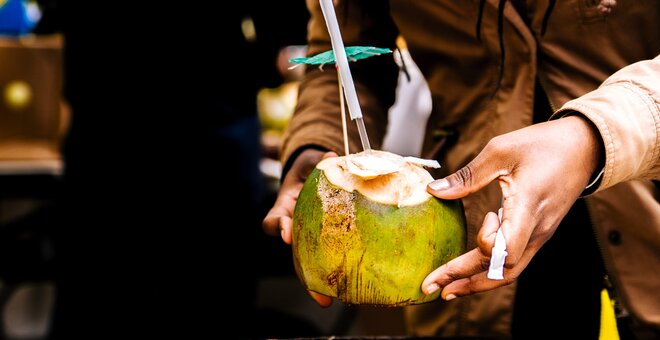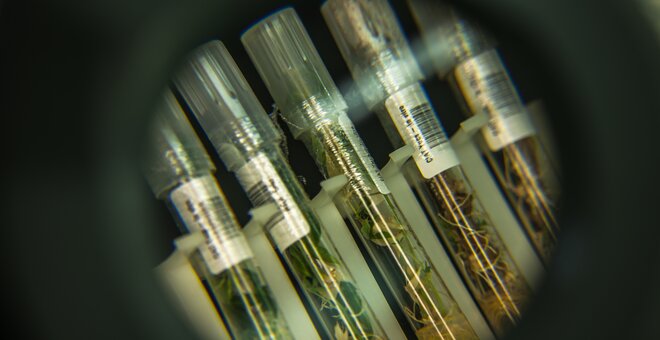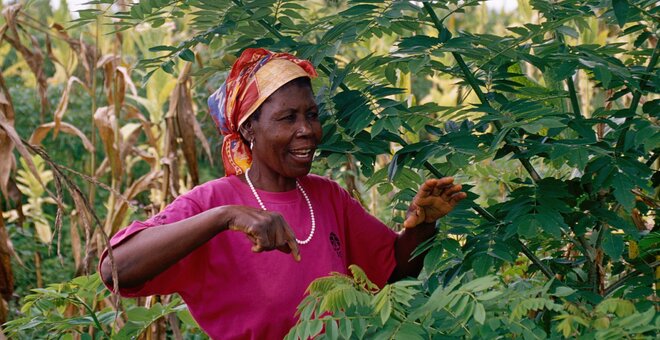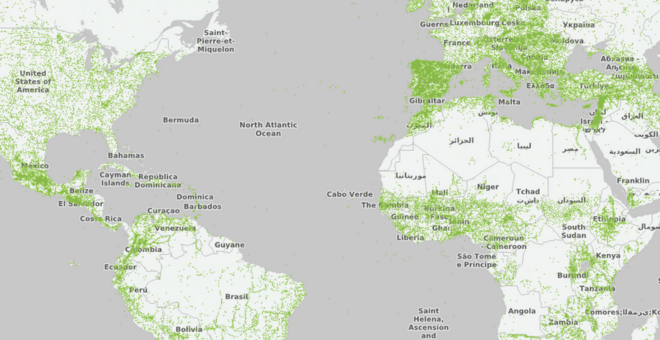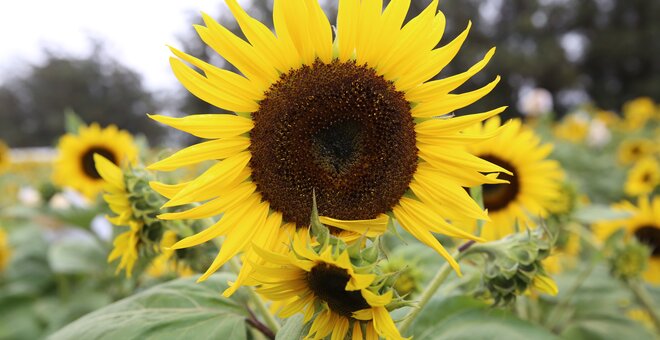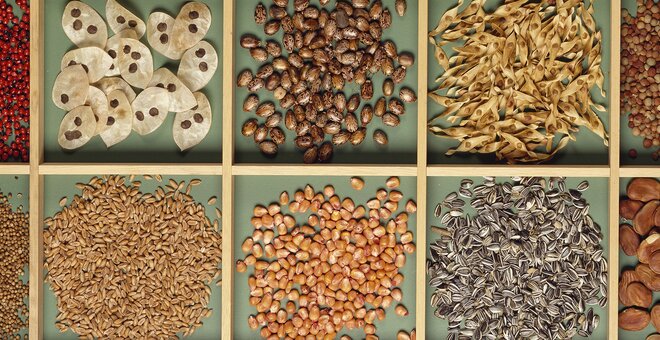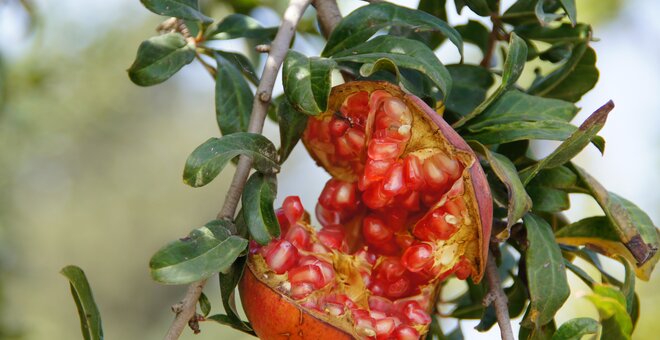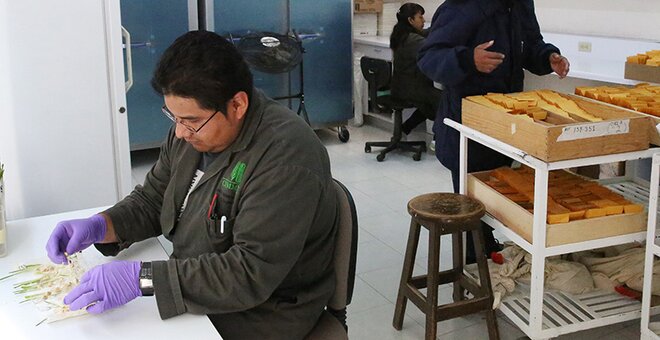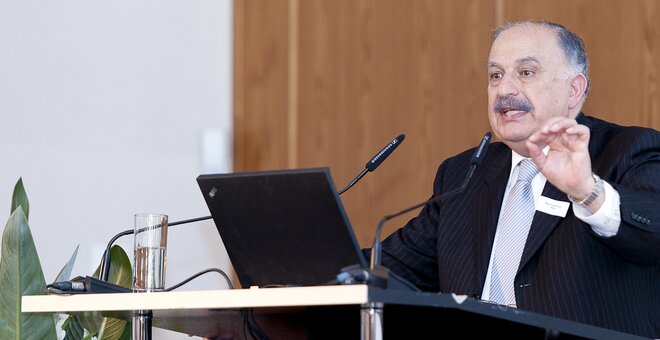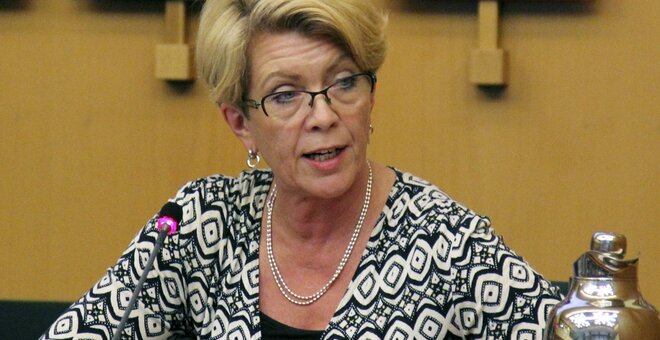Read all about it.
From cutting-edge research to work saving seeds in communities, even our small actions can have a big impact on saving crop diversity and putting it to good use. Read the latest news highlighting these efforts and more.
Latest Article
Coconut Conservation: Protecting Culture, Food and a Multi-Billion Dollar Industry
The coconut palm (Cocos nucifera) is more than a tree. It’s a lifeline. Nearly 100 million people in tropical regions depend on it for food, shelter and income. Its reach is global.
People eat from coconut bowls, sit on woven...
15 Dec 2025
Filter by
Economic Benefits of Crop Diversity
Crop diversity is the raw material for the development of new and improved varieties, which provide a range of important benefits to farmers and consumers.
Researchers have been assembling and managing ex situ collections of crop...
23 Feb 2016
23 Feb 2016
The Trees That Make Their Own Climate
Sosthene Ahongeze, 52, always knew the time for planting and harvesting, and planned accordingly.
Having spent many decades as a smallholder farmer, the resident of Gasoro Cell in the rural Kigoma Sector, Nyanza District was...
16 Feb 2016
16 Feb 2016
Announcing the Genesys Advisory Committee
Statement from the Executive Director
Over the last four years Genesys has grown into the Internet’s most comprehensive portal for plant genetic resources, unifying information on more than 2.6 million crop genebank accessions....
14 Jan 2016
14 Jan 2016
Seeking Crop Elders
Scientists and crop breeders are racing to identify the wild ancestors of domesticated plants before a warming world hastens their demise.
11 Dec 2015
Celebrating the Building Blocks of Life
Crop diversity in focus: a global photography campaign was launched today celebrating the beauty and value of crop diversity around the world.
The campaign, #CropsInColor, will highlight the diversity of food crops and the role...
8 Dec 2015
8 Dec 2015
Guest Post: Nourishing Collaborations
A social anthropologist tells us about her recent experiences amidst a large and global community working towards conserving and using plant genetic resources for food security and adaptation to climate change.
Imagine...
8 Dec 2015
8 Dec 2015
Seed Longevity Initiative: Towards a More Efficient Global System of Germplasm Conservation
The diversity of most of the world’s major crops is collected, conserved and exchanged in the form of seeds – nature’s unparalleled time capsules of life. Seeds can last a very long time if treated right, but to conserve crop...
2 Dec 2015
2 Dec 2015
October 2015 in Photos
Marie Haga | Marie's Corner
October has proven to be the busiest month of 2015 for us all at the Crop Trust. We have organized events and activities all over the world – from welcoming forage specialists at the Secretariat in...
10 Nov 2015
10 Nov 2015
Expression of Interest: Investment Advisory Firm
To whom it may concern,
The Global Crop Diversity Trust (the "Crop Trust") is seeking Expressions of Interest from suitably qualified and experienced investment advisory firms interested in providing ongoing advice for its...
6 Nov 2015
6 Nov 2015
Guest Op-Ed: A Global Response to a Global Challenge
Last week Izmir hosted more than 80 of the world’s leading scientists in the field of plant genetic resources. As a meeting of scientists responsible for the safeguarding of crop diversity around the world, the meeting could not...
29 Oct 2015
29 Oct 2015
The Autumn Report
Marie Haga | Marie's Corner
Let us start this month's 'Corner' with the scientific work and mention the following:
A visit of our staff and to negotiate collecting agreements in Latin America finally came to an end in mid Septemer...
13 Oct 2015
13 Oct 2015
Marie's Intervention at GB6
Below is the Crop Trust's report, delivered by Marie Haga, to the participants of the Sixth session of the Governing Body of the International Treaty (GB6) held in Rome, Italy, from 5 to 9 October 2015.
Mr. Chair,
Distinguished...
5 Oct 2015
5 Oct 2015

